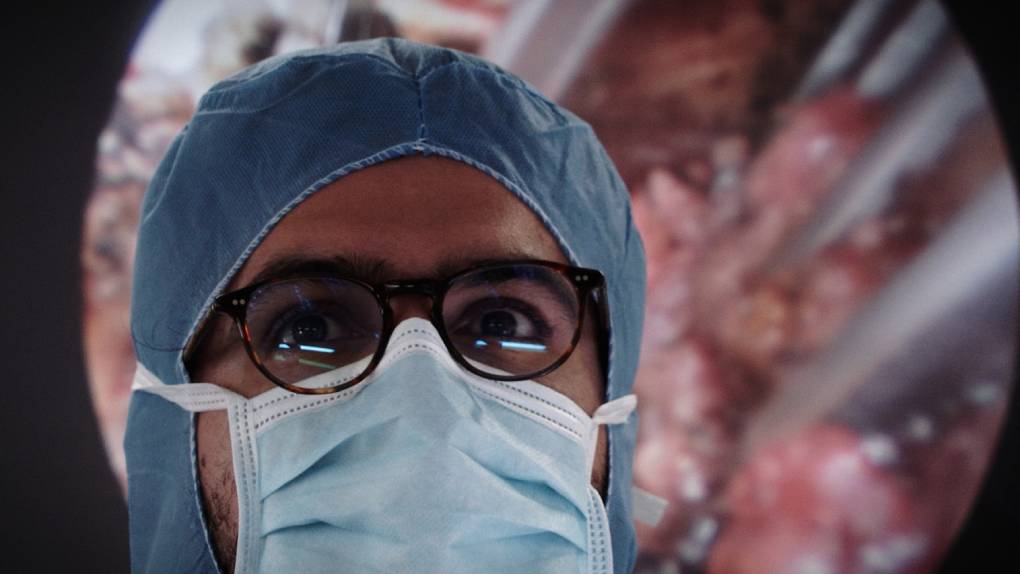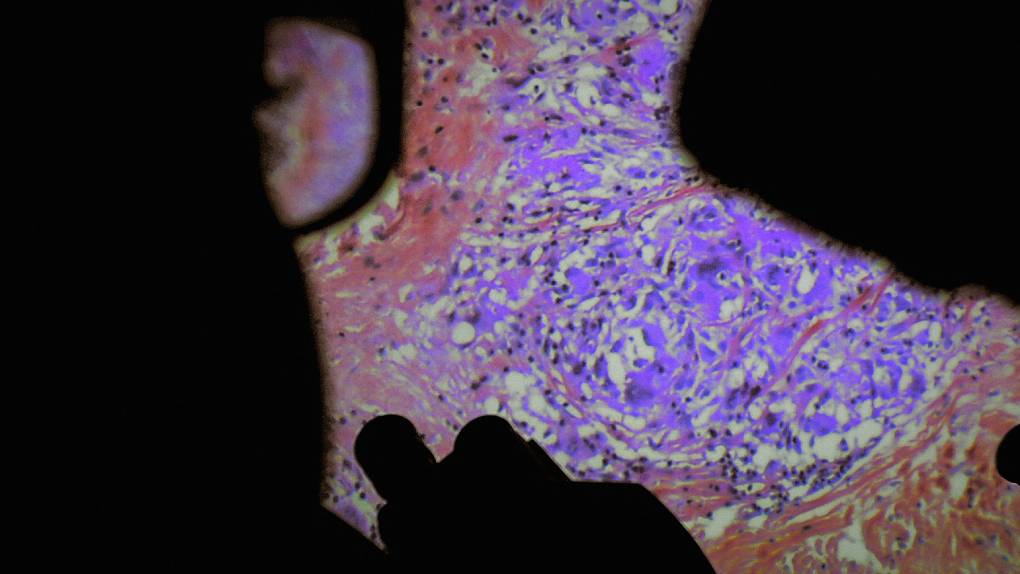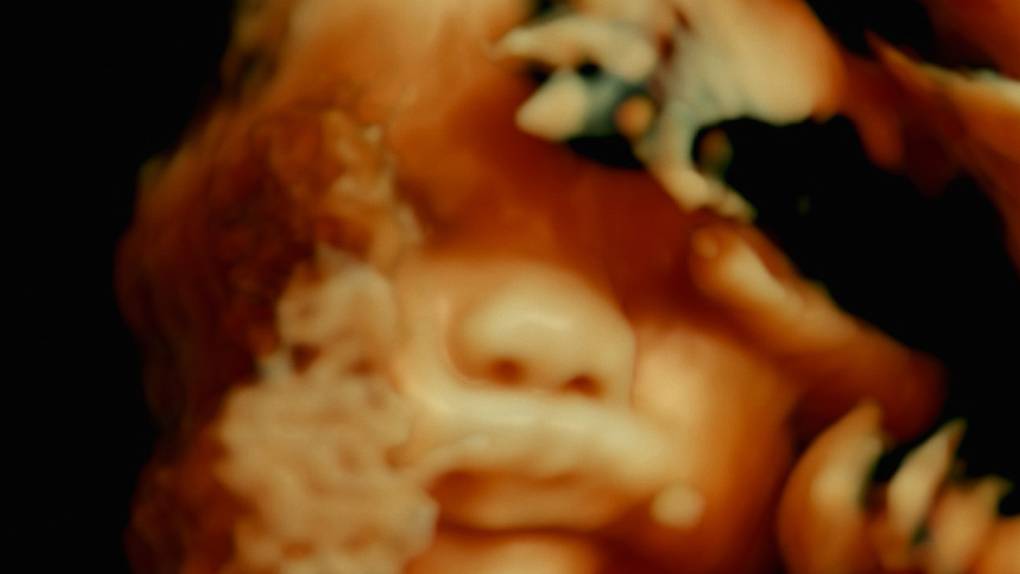In theaters since Wednesday, “De Humani Corporis Fabrica” is a fascinating documentary not to be put in front of everyone’s eyes.
De Humani Corporis Fabrica by Verena Paravel and Lucien Castaing-Taylor
What is it about ? Five centuries ago, the anatomist André Vésale opened the body up to science for the first time. DE HUMANI CORPORIS FABRICA today opens the body to the cinema. We discover that human flesh is an incredible landscape that only exists thanks to the looks and attentions of others. Hospitals, places of care and suffering, are laboratories that connect all the bodies of the world…
A transgressive and political film

Diamond Films
After focusing on the Japanese cannibal Issei Sagawa in Caniba, Verena Paravel and Lucien Castaing-Taylor film the human body as we have never seen it. “As in our other films, we stand on a threshold between beauty and horror”, says Paravel. The duo always seeks to re-examine taboos, to experiment why and in what way there are prohibitions, repressions.
With De Humani Corporis Fabrica, it was about confronting our own finitude, “in the double sense of the relationship to death to come ineluctably and of the enclosure of each body: an enclosure which designates both the physical body, the envelope that we live in sealed by our skin, and the individual as a value, perhaps be overvalued, or which hides how much we are also collective beings”.
Beyond the shocking images, the film shows the fragility “of our health status, on all scales, individual, family, friendly, and up to the level of the planet.” A vulnerability reinforced by the Covid-19 pandemic. Lucien Castaing-Taylor specifies: “The film would also like to encourage us to think differently about our individual and collective bodies, and also about our relationships with other species – not just viruses, which are both inside and outside of everyone, but all beings. This is one of the political dimensions of the film.”
Meaning

Diamond Films
The title of the documentary refers to De humani corporis fabrica libri septem (“About the making of the human body in seven books”), a treatise on human anatomy by André Vesalius, which he wrote between 1539 and 1542. It is a founding work of anatomy modern, marking a historic turning point in the relationship to science, medicine and the body.
Like the structure of the book, De Humani Corporis Fabrica had to be divided into seven sequences shot in seven countries and showing seven surgical operations concerning different parts of the anatomy (the skeleton, the muscles, the viscera, the brain, the nervous system, blood system, respiratory system). But the directors abandoned this idea, which was too complex to implement and which risked freezing their approach.
Filming inside the human body

Diamond Films
The directors first tried several models of endoscope cameras, but they lacked autonomy because they had to remain attached to a column or a socket. Wanting to be more free in their movements, they asked a friend in Zurich, Patrick Lindenmaier, and his company, Andromeda, to make them a very small camera with an aesthetic very close to that of medical optics, but which was completely autonomous.
Lucien Castaing-Taylor specifies: “It is a modified version of a ‘lipstick camera’, very small and handy camera equipment, the size of a stick of lipstick. Virtually everything that is filmed by us was with this device, which gives the images a plasticity that binds them to the images filmed inside by the tools of doctors and surgeons, and which constitutes almost half of the film. The goal is to invite to perceive the binders and affinities between interior and exterior, between the patient’s body and the medical profession”.
They also used the scialytic cameras installed above the operating table and which record everything that happens, for archival, teaching and possibly also legal purposes, as well as images filmed inside. microscopes.
Final sequence

Screenshot
The film ends in a duty room, on the walls of which a pornographic fresco has been drawn representing the doctors of the various departments.
“To me, this scene shows the inherent turmoil of the medical profession, which consists of doing a large number of prohibited acts in everyday life, which intrude on bodies in multiple ways. Everyone acts as if it’s okay but there is an area of enormous unease for those who practice this permanently, unease that needs outlets, visible translations so that practitioners can continue to live and practice their profession. carnivalesque, where recourse to the obscene is a purgative or cathartic response to the violence they suffer”says Lucien Castaing-Taylor.
